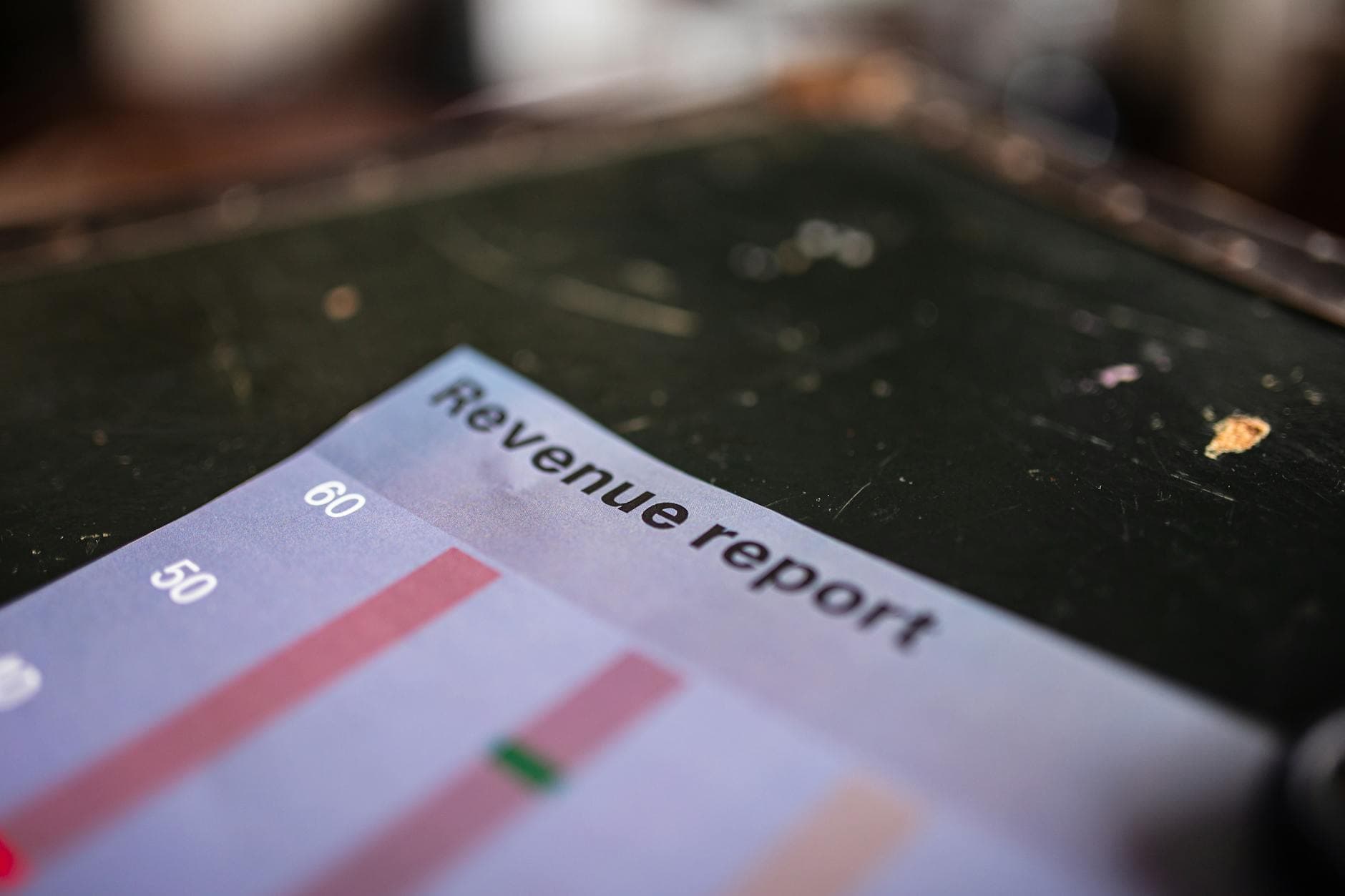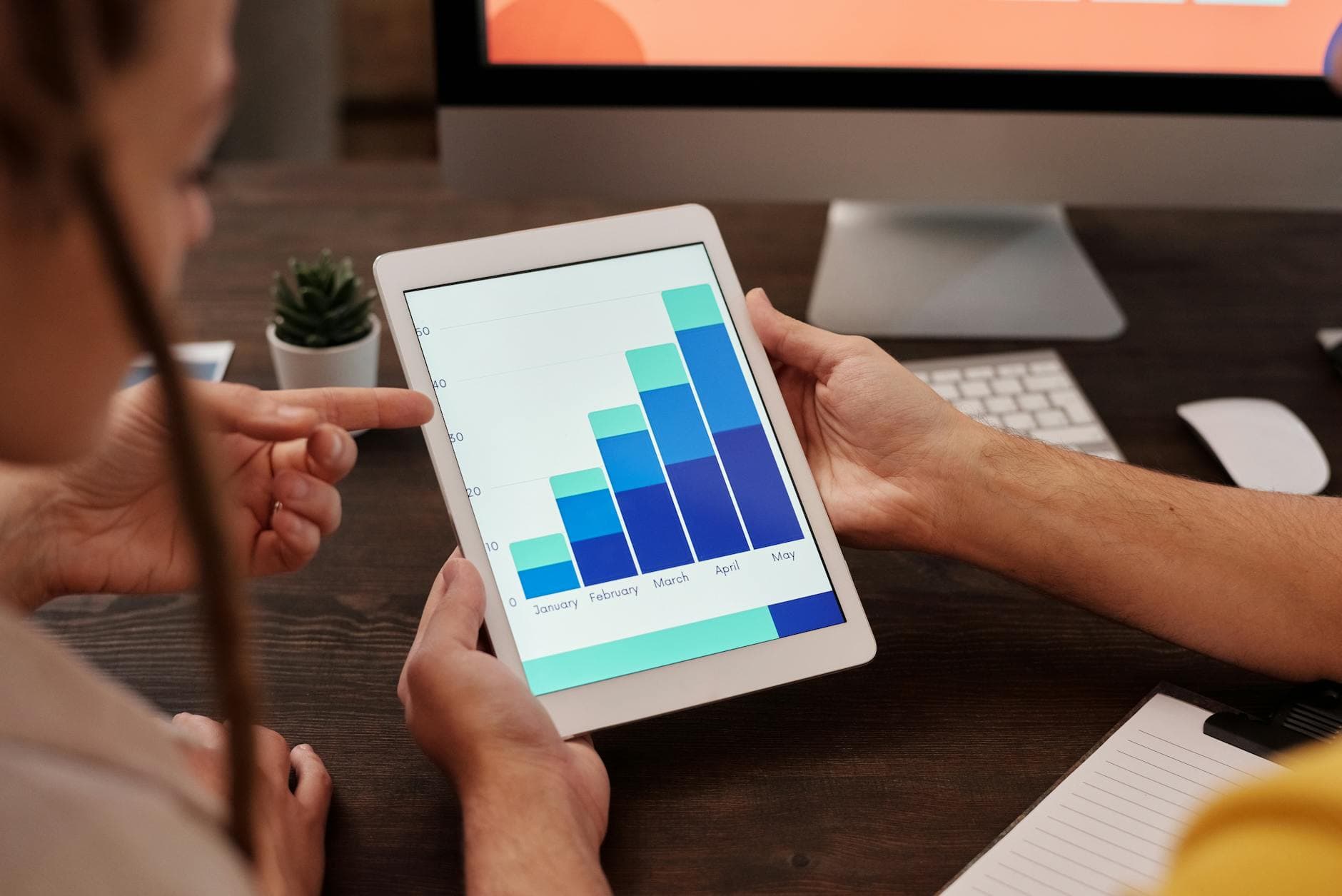How SaaS Review Data is Shaping the Forecast for Future Product Success

In the fast-evolving world of Software as a Service (SaaS), the flood of user-generated reviews is both a blessing and a conundrum. Each day, existing and prospective customers pen their candid experiences, some effusive, others blisteringly critical, leaving behind a landscape that is complex to parse, let alone leverage for actionable insight. Yet, hidden within this treasure trove of feedback is a remarkable predictive opportunity: the chance not only to diagnose the present but to gaze into the future and forecast a product’s trajectory.
The prospect of using SaaS review data to forecast future performance heralds a new era in product strategy and market intelligence. Reviews, long seen as influence factors for buyer behavior or simple customer satisfaction metrics, are now gaining recognition as a dynamic, sometimes prescient lens that can reveal upcoming challenges, success signals, and inflection points before sales reports or NPS dashboards catch up.
At the heart of this shift is the understanding that SaaS products, unlike traditional software, live and die by their ability to evolve and respond quickly to user needs. Feedback is continuous, granular and often unvarnished. This creates a kind of unfiltered signal, ripe for analysis. But turning this signal into a reliable forecast demands both technological sophistication and strategic humility.
Decoding the Predictive Signal in Reviews
To understand how reviews can forecast future SaaS performance, it is essential to move beyond surface-level metrics like star ratings or basic sentiment. While these offer a snapshot of user satisfaction, the real forecasting value emerges when reviews are treated as time-series data, replete with nuanced indicators. Natural language processing models can sift through thousands of comments to detect emerging frustration with a new feature, a persistent complaint about a promised integration or sudden delight at a surprise update. Patterns in the frequency and intensity of certain topics often presage broader market reactions.
For example, if a new AI-powered collaboration tool is seeing an uptick in reviews bemoaning sluggish sync speeds, and those complaints are rising each month while overall ratings stall, this could suggest an impending churn risk. By quantifying not just what users say but how themes change over time, teams can anticipate and mitigate trouble zones, sometimes quarters in advance. Conversely, bursts of praise for usability improvements or integrations with popular platforms can foreshadow adoption surges and sales momentum.
Operationalizing Review Forecasts
Despite the promise, operationalizing these insights in a SaaS company is fraught with challenges. Firstly, reviews are inherently noisy; they attract the polarized, the passionate and the aggrieved. Often, happy users say little, while those facing intractable problems vent with force and frequency. This skews the data, requiring statistical approaches to normalize the input. Additionally, context is king, a review decrying lost data may be devastating for a backup solution, but less so for a social scheduling app.
Another difficulty is mapping review signals to future outcomes in a way that is meaningfully actionable. A downturn in review sentiment might not grind upgrades to a halt, but it could signal eroding loyalty among power users. Often, the lag between review themes and business KPIs like churn or expansion varies wildly. Teams need to build and validate models that can translate these temporal dynamics into product development and customer success strategies.
Some trailblazers are tackling these pitfalls by blending review analytics with first-party data such as support ticket volume, usage logs and churn indicators. Cross-referencing spikes in complaints about billing confusion with rising non-renewal rates, for example, can both validate the review insights and sharpen response priorities. The technical hurdle here, linking disparate data sources at scale and in near-real-time, should not be underestimated. Yet, the competitive advantage is profound: fewer surprises, more proactive fixes and tighter alignment with user needs.
Opportunities Beyond Product
The value of forecasting through reviews extends well beyond mechanics and features. For marketing and sales teams, early intelligence about growing user enthusiasm for, say, compliance features could inform campaign priorities or upsell plays. For executives plotting market expansion or considering pricing strategies, patterns in competitor reviews can illuminate gaps to exploit or pitfalls to avoid.
Investors, too, are watching. In SaaS, where growth and retention are scrutinized relentlessly, being able to point to a proven link between improving review signals and key financial metrics enhances a company’s story and transparency. In fact, some VCs have begun to bake review-based health scores into their due diligence, seeking to spot the next breakout product before lagging revenue reveals the story.
Crucially, the review forecast approach is not just a tool for established players. For startups fighting for visibility, deep analysis of early adopters’ reviews, both their own and competitors’, can surface unmet needs and white space in feature sets long before big datasets solidify. Younger companies are often nimbler in iterating based on these signals, enabling swifter course correction and tighter product-market fit.
Ethics and the Human Factor
With all advances, especially those rooted in automated data processing, comes a risk of placing too much faith in the algorithm at the cost of human nuance. Reviews, after all, are stories. Trend lines may expose problems, but it took a customer’s lost Friday night or inspired “aha” moment to generate the review in the first place. The fastest-learning SaaS teams remember to blend data science with direct customer conversations, triangulating the patterns found in text with deeper, qualitative inquiry.
Moreover, the temptation to encourage only five-star reviews or suppress negatives in the name of the “forecast” can undermine both the data quality and the company’s reputation. Smart organizations resist this urge, recognizing that the predictive power of reviews depends on their authenticity and richness.
Lessons for Forward Thinkers
Using review data as a forecasting tool in SaaS is not a magic bullet. It requires technical investment, cross-functional buy-in and a willingness to hear what customers are really saying, even if it stings. But for leaders hunting for an edge in an increasingly crowded field, review forecasting is becoming a must-have layer in the analytics stack.
The process is iterative and humbling, often confirming what teams already sensed while sometimes surfacing totally unexpected risks or opportunities. It reminds all stakeholders that, in SaaS, every review is more than a star and a quip, it can be a signal flare lighting the road ahead.
As the SaaS landscape grows only more turbulent, those who harness the predictive signal in customer voices will find themselves better prepared. Not to chase the whims of every complaint, but to steer by the best compass any company can hope for, the learned wisdom of the users themselves, mapped not just to the moment, but to the future they will help shape.


